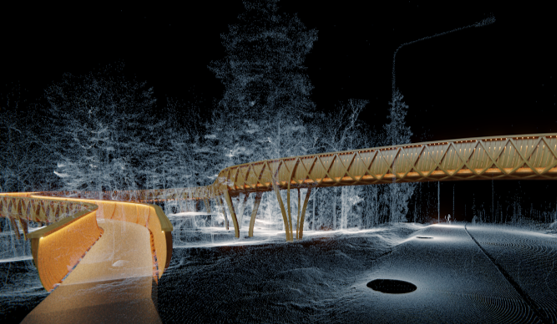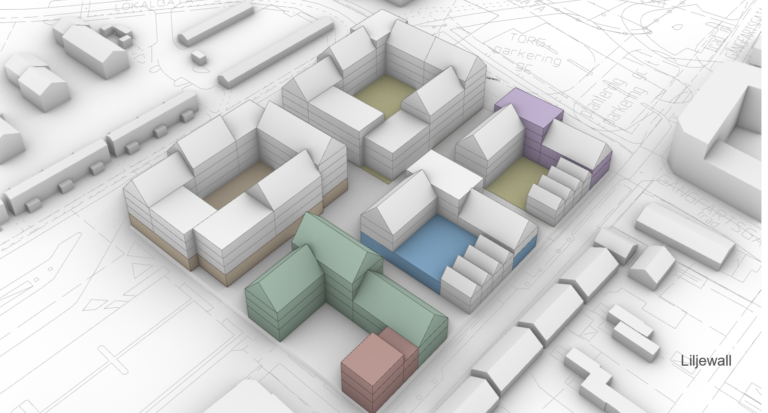Architectural & Structural Design
Research Area 2 enables collaborative development of computational analysis and design methods, workflows and strategies.


Research Area 2 (RA2), Architecture and Structural Design, regards Digital Twins as important platforms that can align design methodologies operating at different scales and with different objectives. In parallel, RA2 regards the current development among stakeholders and partners in terms of computation and automation integrated into the design process as crucial, but somewhat disparate assets. RA 2 aims to align computational design development in terms of data exchange and method development at two main levels: (i) The overarching bi-directional exchanges between architectural and structural design development and other fields of application, through the Digital Twin Platform. (ii) The integration of design and analysis data as present in the practice of the stakeholders in the formation of compatible ecosystems of approaches, methods and tools. At the architectural scale, computational design already allows the combination of design and analysis/simulation toolkits, providing new affordances such as design digitally informed by site conditions, performance evaluation related to e.g.. structure, climate conditions, and energy use, as well as new modes of digital fabrication. While innovative and productive, this field has been developing in a fragmented way, with alternate approaches in different segments of industry and research now slowly converging. The main objective of research area 2 (RA2) is to enable collaborative development of computational analysis and design methods, workflows and strategies with a bearing on the design and planning of buildings, as well as to provide a deeper understanding of their effect on architectural design processes as well as on architectural discourses. Specific project ideas will be formed in conversation with RA2 partners, but are expected to relate to the following topics: (1) Automation, data management and computation fully integrated in the architectural and structural design processes. (2) Lifecycle perspectives in the design and construction processes as well as in building performance and use. (3) The role of digital fabrication in terms of innovation in construction process efficiency, performance and architectural form.

Malgorzata Zboinska
Architecture and Civil Engineering, Chalmers

Henrik Malm
FOJAB